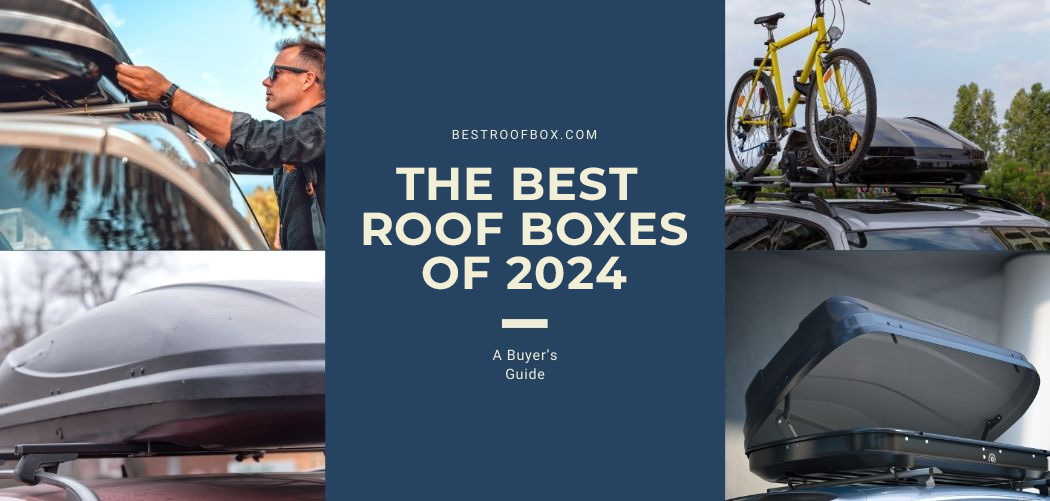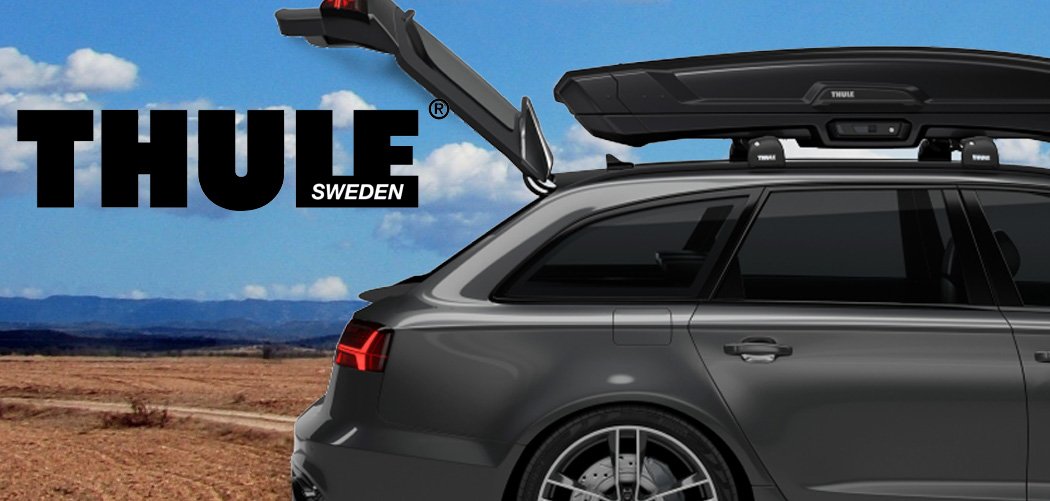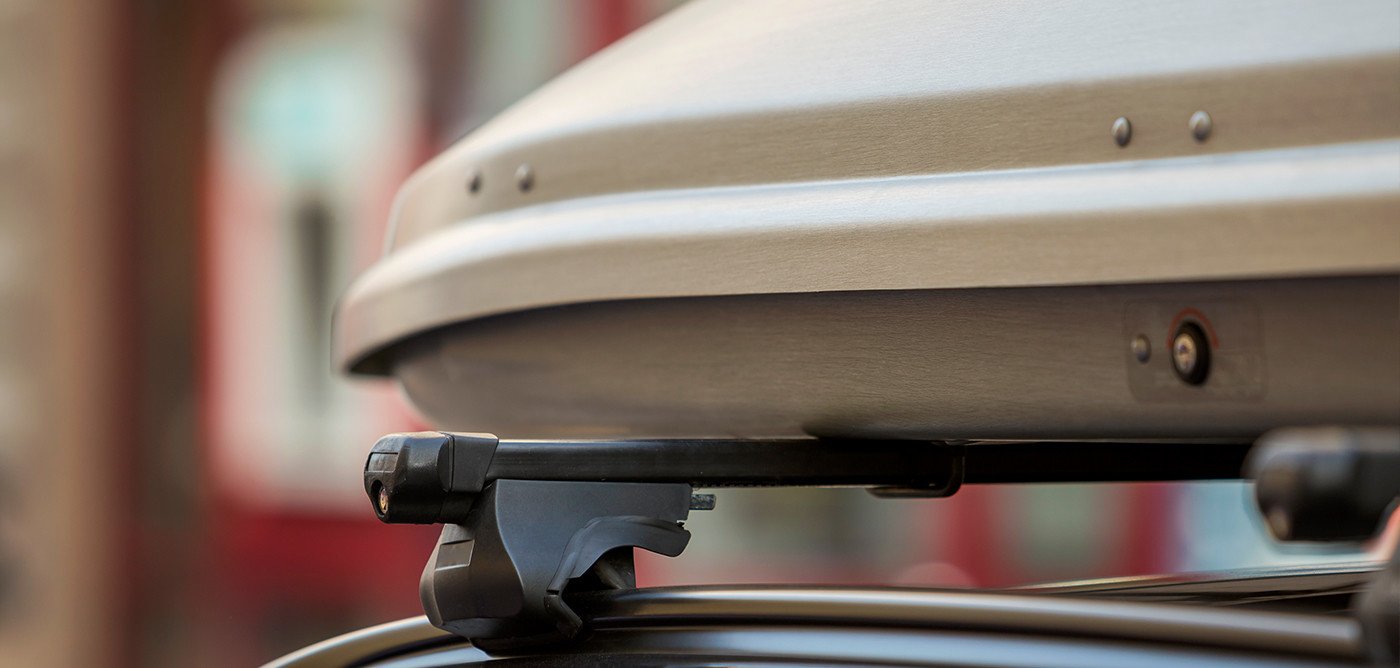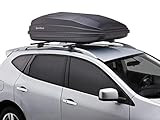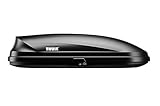Thule roof racks have been a reliable brand since their invention in the 1970s and they are still going strong today.
Thule is one of the most popular brands of car roof rack systems, with over 1 million units sold worldwide.
The company was founded by two brothers, Hans-Jürgen and Peter Thul in 1973.
They started out making bicycle carriers but soon moved on to designing roof racks that would be compatible with cars.
Today, Thule offers more than 30 different types of roof rack systems including ski racks, bike carriers, kayak carriers, and even roof boxes for carrying bicycles.
All of these accessories can be used independently or together depending on what type of load you want to carry.
Thule also has a line of accessories that will help make your life easier when using any of their roof racks. These include cargo nets, tie downs, hooks, and other useful tools.
If you’ve recently bought a Thule roof rack, or maybe you’re considering buying one, then you might be wondering if you need crossbars in order to attach it to the roof of your car.
This is a common question and one that is important to consider before committing to a purchase.
If you’re looking for a guide on everything you’ll need to know about Thule roof racks and crossbars, you’ve come to the right place!
Below is a guide that takes you through some of the most important tips you’ll want to keep in mind.
Table of Contents
What Is A Crossbar?
Let’s start by defining some terms, in case you’re unsure of what they mean.
A crossbar is a piece of metal that attaches directly to the top of a vehicle’s frame.
It allows you to connect your Thule roof rack to the roof of your vehicle via an attachment point called a hitch receiver.
You can find this attachment point on the underside of your vehicle’s rear bumper. It’s usually located near the centerline of the vehicle.
When you install a Thule roof rack onto your vehicle, you’ll use a crossbar to secure the rack to the roof of the car.
Why Do I Need To Use A Crossbar For My Roof Rack?
The reason why you should use a crossbar when installing a roof rack onto your vehicle is that it helps prevent damage to your vehicle’s bodywork.
In addition to protecting your vehicle from scratches, dents, and scrapes, a crossbar also provides extra support for the weight of your roof rack.
Without the added support provided by a crossbar, your roof rack could cause damage to your vehicle’s frame.
How Can I Tell Which Type Of Crossbar Should I Buy?
When shopping for a crossbar, there are two main options available:
A Universal Crossbar
This type of crossbar is designed to fit all vehicles regardless of make or model.
Universal crossbars are typically made of steel and aluminum. They come in many sizes, so you can choose one that fits your needs.
A Vehicle Specific Crossbar
Vehicle-specific crossbars are manufactured specifically for each individual make and model of vehicle. They are typically made of steel or plastic.
Because they are designed for only one particular brand, they may not work well with another brand.
However, they do provide a higher level of quality and durability compared to universal crossbars.
Which One Is Better?
While both universal and vehicle-specific crossbars have their advantages, we recommend going with the latter. Not only does it offer better quality, but it also makes installation easier.
With a vehicle-specific crossbar, you don’t have to worry about whether or not it will fit your vehicle. Instead, you can simply buy one that matches the make and model of your vehicle.
Do I Need A Crossbar For A Thule Product?
If you own a Thule product, you’ll probably need a crossbar. There are three reasons for this:
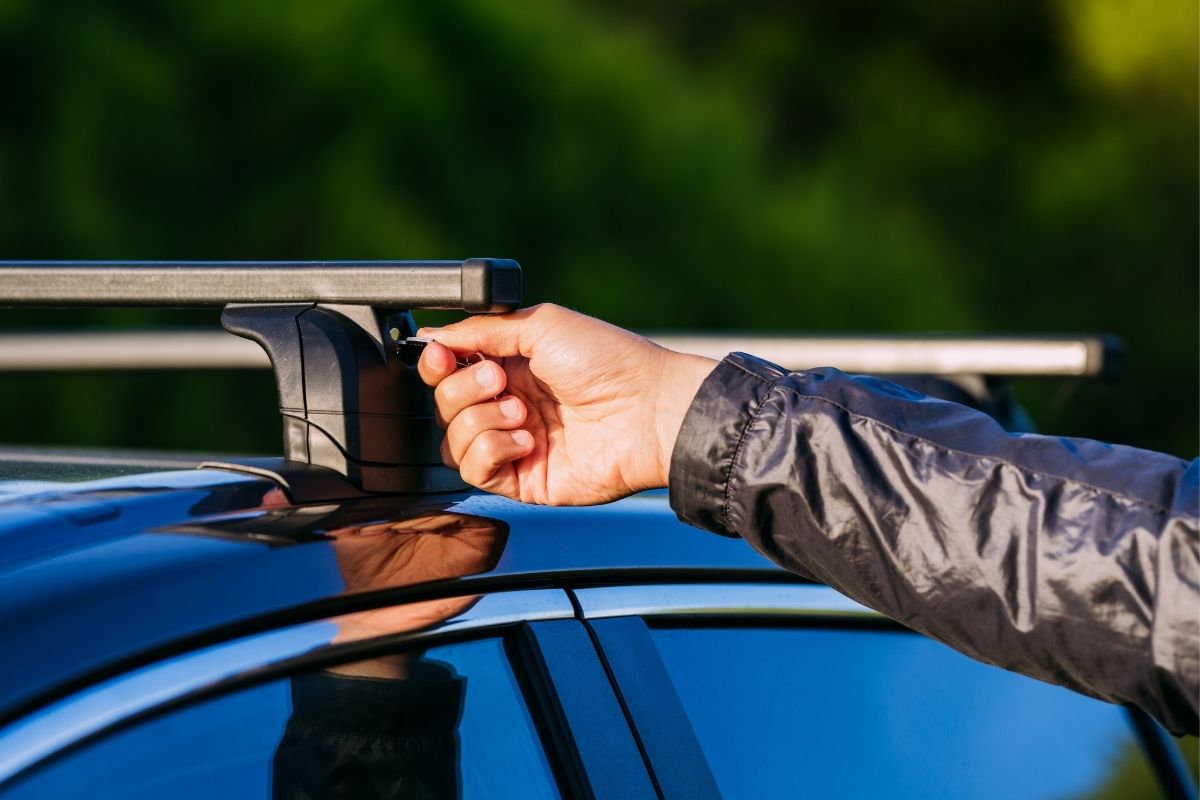
The Roof Rack Itself
Your roof rack comes with a set of mounting brackets that allow you to attach it to the top of your vehicle.
These brackets are designed to hold the roof rack securely while allowing you to move around freely inside your vehicle.
If you don’t have a crossbar installed, these brackets won’t be able to hold up under the weight of your roof rack.
The Hitch Receiver
A hitch receiver is a part of your vehicle that connects the roof rack to the underside of your vehicle. Without a crossbar, the roof rack would rest directly on the top of your vehicle’s frame.
Since the roof rack has a lot of weight resting on it, this could potentially cause damage to your vehicle.
Other Accessories
Some roof racks include other accessories like ski carriers, bike carriers, or roof boxes. These accessories must be mounted to the roof rack using a crossbar.
Otherwise, they could scratch or dent your vehicle’s bodywork if they hit it.
If you’re looking for some extra information regarding crossbars, check out our short FAQ section below!
Frequently Asked Questions
Before you leave us, check out our FAQ section below to have your last-minute questions answered!
What Are The Different Types Of Crossbars Available?
There are four different types of crossbars available:
Steel
Made out of steel, these crossbars are sturdy and durable. They’re ideal for heavy-duty applications.
Aluminum
Made out of aluminum, these crossbars are lightweight and easy to transport. They’re great for smaller applications where portability isn’t an issue.
Plastic
Made out of plastic, these crossbars are inexpensive and easy to install. They’re best used when installing a roof rack for the first time.
Composite
Made out of composite materials, these crossbars are lighter than traditional metal crossbars. They’re ideal for light-duty applications.
How Do I Install A Roof Rack?
To get started, you’ll need to remove any existing roof rack from your vehicle. You should also remove any luggage items that might interfere with the installation process.
Next, you’ll want to measure your vehicle to determine what size crossbar you need.
To do this, take measurements from the front of your vehicle to the back.
This includes the distance between the bumper and the rearview mirror, as well as the distance between the bumper to the tailgate or liftgate.
Once you’ve determined how much space you have in which to mount your roof rack, you can order the appropriate-sized crossbar.
When ordering, make sure to specify the length and width of the crossbar so that you receive the correct size. It’s important to note that some vehicles have more clearance than others.
For example, SUVs may have less headroom than sedans. In addition, the height of the roof rack needs to be taken into account.
If you plan to use a roof box, you’ll need to ensure that there’s enough room underneath the roof rack to accommodate it.
Final Thoughts
So to conclude, it’s very likely that you will need a crossbar for your Thule product.
While some people might think that this is an unnecessary expense, it saves money in the long run.
By purchasing a crossbar for your roof rack, you’re not only saving yourself time and effort, but you’re also ensuring that your vehicle stays safe.
We hope that you understand a bit more about the relationship between Thule products and crossbars and that you’re now a lot more confident about the whole experience.

